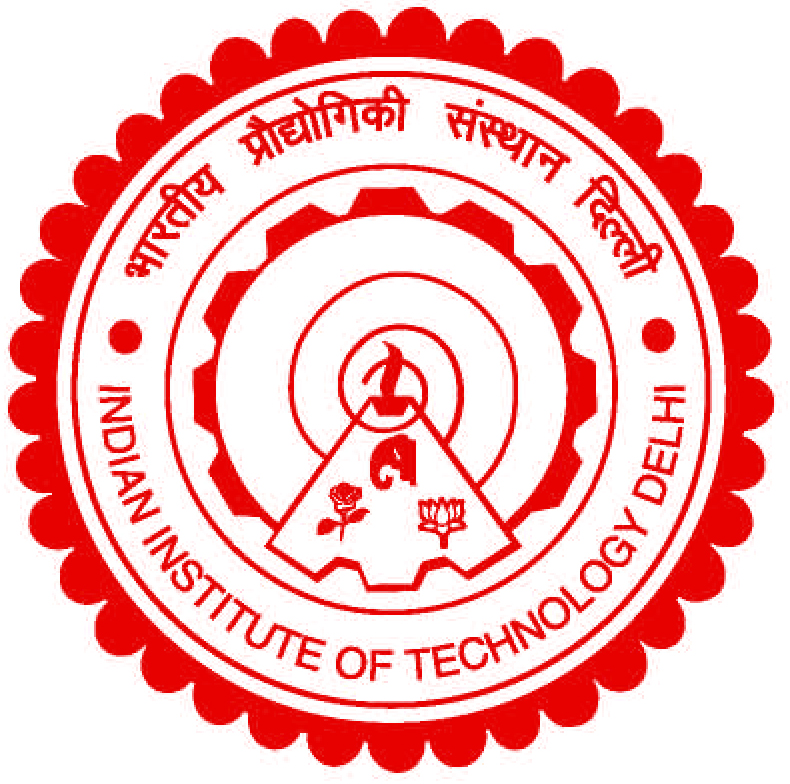[Completed] “Cross-layer protocols for enhanced quality of user experience in broadband wireless networks”, DST, 2011-14 (PI)

Figure: Setup to study UE energy consumption while receiving broadband content

Figure: System architecture and downlink queueing model for two-cell network-level cooperation with different queues for shared and non-shared users
The research project was motivated by the urgent need for optimum use of wireless resources – including heterogeneous wireless technologies such as 3GPP/4G LTE
(licensed cellular mobile wireless access standard) and WiFi (license-free IEEE 802.11 wireless access standard), and environment and
device adaptive system functionalities to achieve improved Quality of user Experience (QoE). In particular, we proposed deep cross-layer
optimized strategies for broadband content access and transmission via the wireless media with optimization emphases over
downlink delivery.
We addressed two distinct but correlated cross-layer optimization aspects for enhanced network performance. First, we proposed study
cross-layer optimized solutions to guarantee a better quality of user experience. Second, we proposed optimal resource sharing
to the users in regular connection mode as well as during the handover phase. Typical applications are image, video, and
multimedia content transfer at the point-to-point access level as well as in multihop routing.
The proposed wireless access level and mesh routing level deep cross-layer optimization strategies would be of interest at
the radio network controller stations (service providers) for revenue maximization, optimum smart mobile radio receiver
design strategies (extending battery life, QoE), and multihop machine-to-machine content transmission strategies in
broadband wireless networks as well as low-power wireless video surveillance sensor networks.
The research contributions can be categorized into four inter-connected aspects:
- channel-adaptive video streaming (Reference: IEEE Trans. Mob. Comput., 2014a; IEEE Trans. Broadcast.; 2015),
- cooperative inter-cell handover (Reference: IEEE Trans. Mob. Comput., 2014b; IEEE Trans. Veh. Technol., 2015),
- source coding optimization (Reference: Elsevier Phycal Commun., 2014; IEEE Commun. Lett., 2014), and
- meshed multipath transport and intermediate recovery (Reference: Elsevier J. Netw. Comput. Appl., 2014; Elsevier Computer Commun., 2018).
